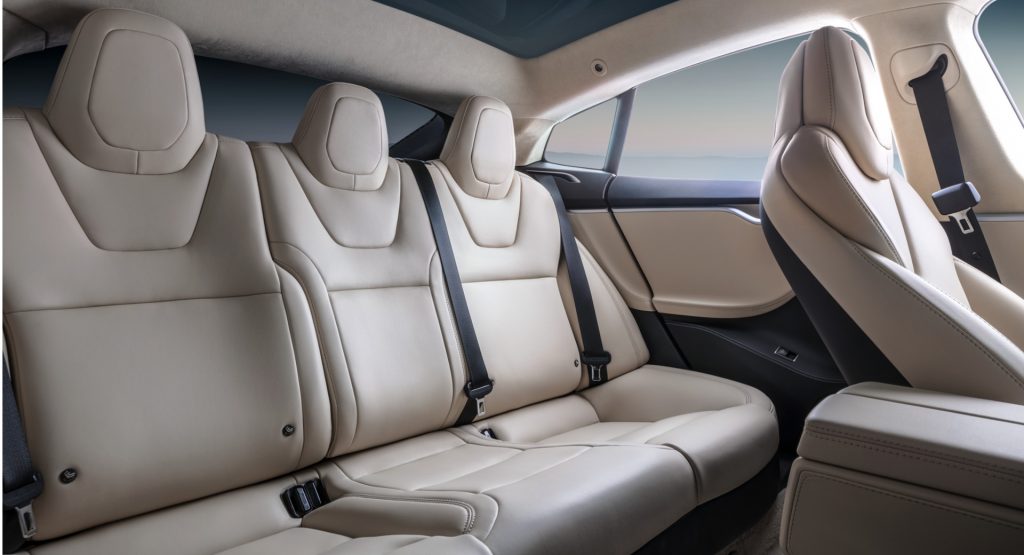Every summer, children and pets are accidently left in vehicles with sometimes tragic results.
To counter the problem, the Alliance of Automobile Manufacturers and the Association of Global Automakers have pledged to make rear seat reminder technology standard in virtually all cars and trucks by the 2025 model year.
However, many rear seat reminder systems are relatively basic. Tesla doesn’t do basic, so they’ve asked the Federal Communications Commission to approve a “short-range interactive motion-sensing device” that could not only detect children and animals but also intruders.
Also Read: Hyundai Aims To Reduce Heat Related Deaths By Making Its Rear Door Alert System Standard
According to Reuters, the company wants to use a millimeter wave radar system that consists of four transmitters and three receivers that “operate at higher power levels than allowed under existing rules.”
It promises to be better than traditional rear seat reminder systems as Tesla said the sensors could ‘see through’ soft materials such as a blanket covering a child. The company also said the sensors could detect “micromovements like breathing patterns and heart rates,” while also being able to distinguish between a child and an object placed on a seat. The company went on to say the system can reduce false alarms and detect things that could potentially be missed by camera-based system.
Of course, the sensors would also have other benefits and Tesla noted they could be used to “assess body size to optimize airbag deployment in a crash.” They could also be used as intrusion sensors as they could detect someone reaching into a vehicle from an open window.
There’s no word on when the technology could show up in future models, but the FCC is seeking public comment through September 21st.
According to the National Highway Traffic Safety Administration, 19 children have died from heatstroke so far this year after being left behind or trapped in vehicles. That’s actually a relatively low number as there were 52 deaths in 2019 and 53 in 2018.






